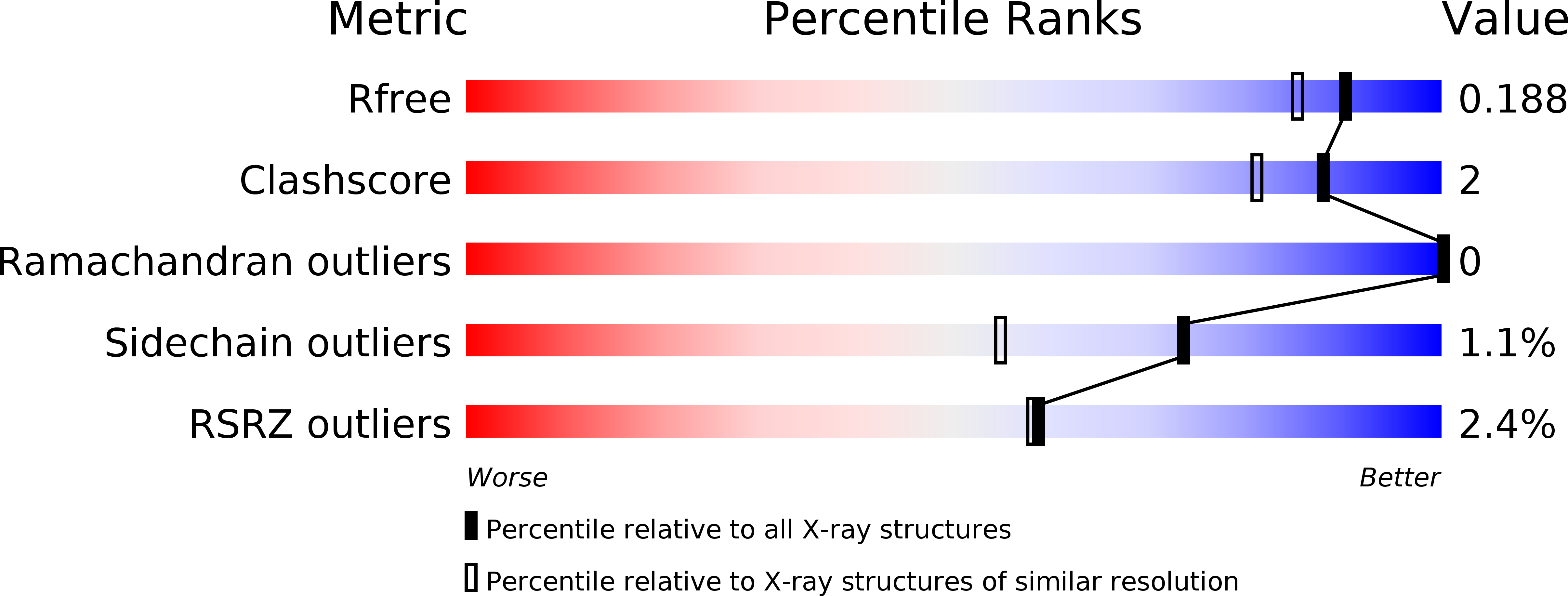
Deposition Date
2019-08-26
Release Date
2020-08-05
Last Version Date
2024-03-27
Entry Detail
Biological Source:
Source Organism:
Host Organism:
Method Details:
Experimental Method:
Resolution:
1.65 Å
R-Value Free:
0.18
R-Value Work:
0.16
Space Group:
C 1 2 1


